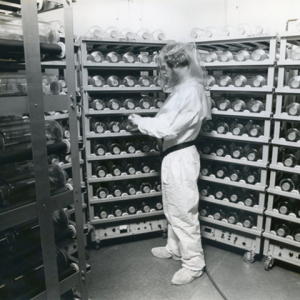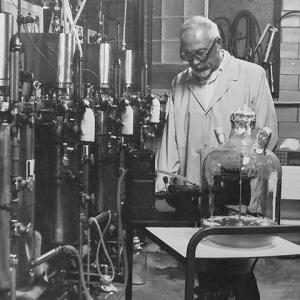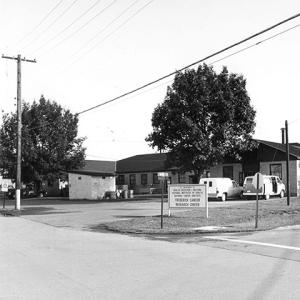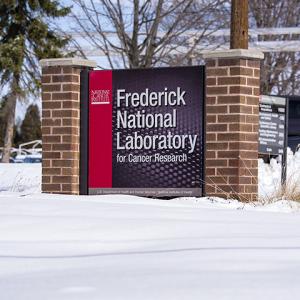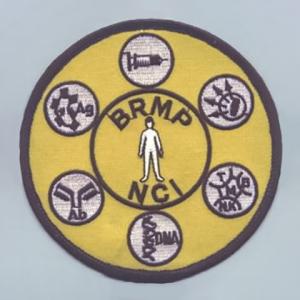Self-Assembling 3D Mini-Tumors Are Poised to Become a New Tool for Studying Cancer
Bioengineers at NCI Frederick and Frederick National Laboratory for Cancer Research, with external collaborators, have devised new types of 3D miniature tissues that assemble themselves and better reflect the composition of tumors in the body compared to existing models. The team aimed to complement organoids, a class of expensive, human-like models. Their creation, dubbed “MatriSpheres,” offers an inexpensive, middle-ground platform but, unexpectedly, also includes features that are unique from organoids.
12.01.2025


